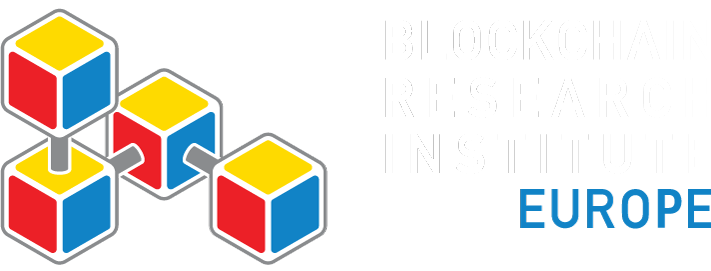Blockchain For Smart City Infrastructure
Report Overview
Author: Alastair Marke
Release Date: February 11, 2019
Abstract:
This case study outlines Dubai’s plans to transform itself into a smart city, enabled by blockchain technology, artificial intelligence, the Internet of Things, and big data analytics. It maps out how Dubai is automating its real estate and utilities management and looks ahead to its use of blockchain for identity management, land registry, and new utilities business models.
